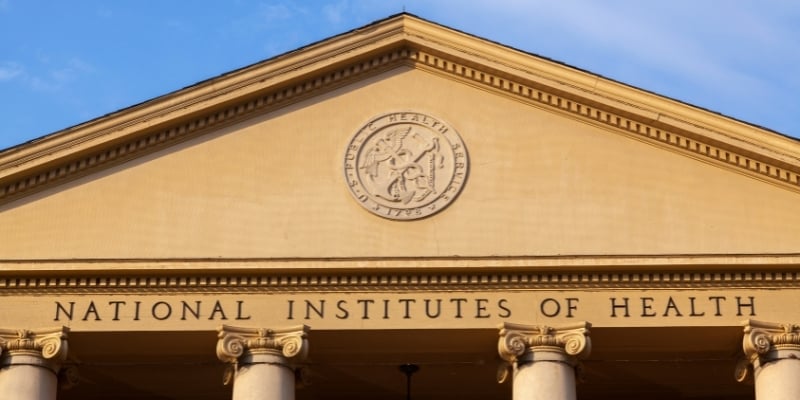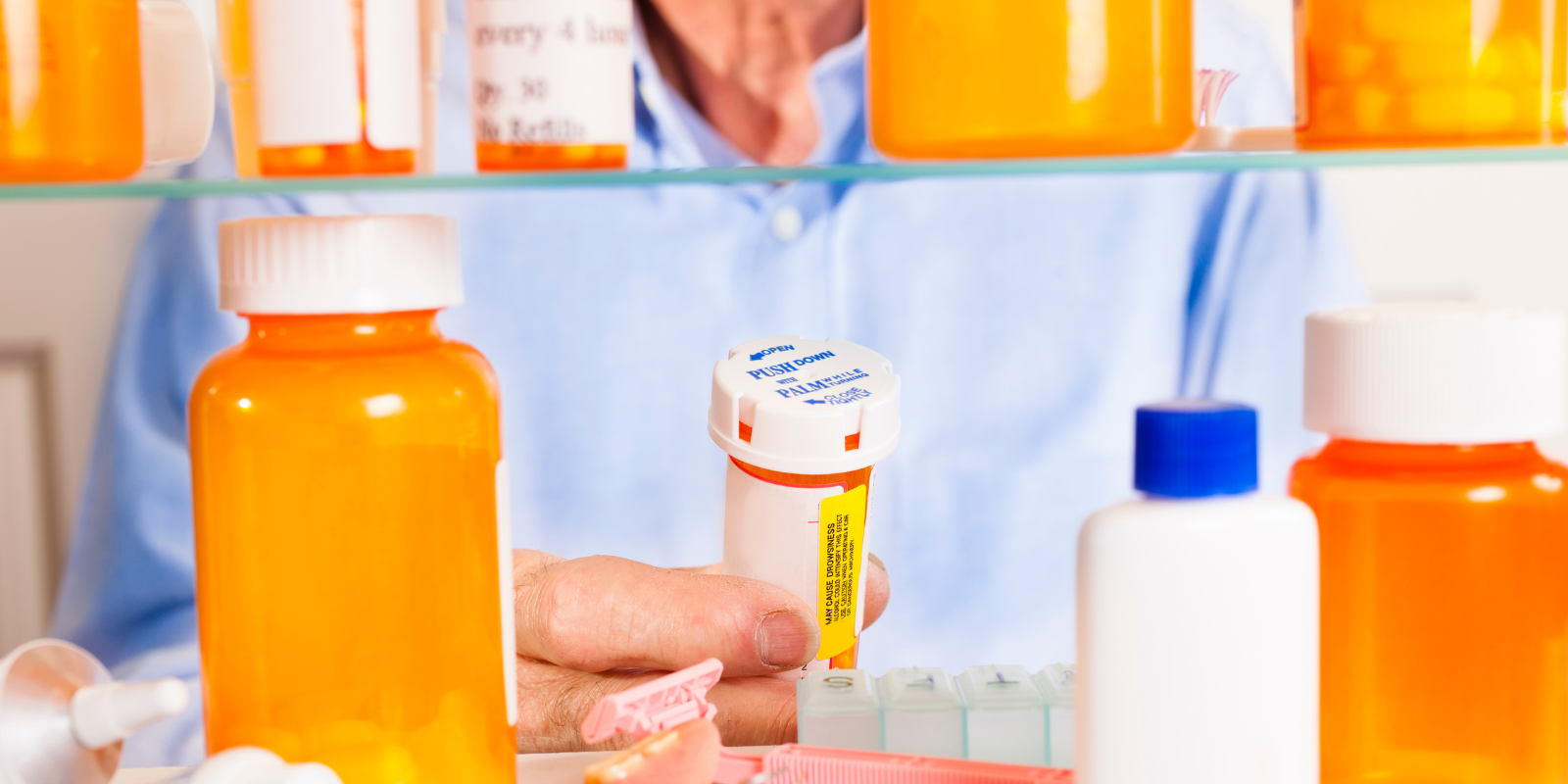We don’t often talk about return on investment (or ROI) in academics.
We focus on expanding the fields of research, making new discoveries, building capacity, actualizing theories, and engaging communities and individuals in programs. But this past week, our Mountain & Plains Education and Research Center (MAP ERC) and the Department of Environmental and Occupational Health (EOH) at the Colorado School of Public Health saw a return on the investment they have made in people – their trainees specifically.
After two years of virtual poster presentations and keynote speakers, the MAP ERC, one of 18 NIOSH-funded centers of its kind, hosted its 14th Annual Research Day Symposium in person. This day of celebration, aptly themed “Homecoming,” brought together students from the EOH Department, trainees from MAP ERC, and local professionals and academics to celebrate transdisciplinary student research in environmental and occupational health.
The investment
Both the EOH Department and the MAP ERC invest scholarships, time and resources to foster student growth. Professors closely work with students as mentors and tailor programs and experiences to serve student's interests and prepare them for their future careers. These students are the future of the field, they will be the ones to continue conducting research and translating it into practice that reaches and protects real workers at risk.
“When I think of investment, I’m wearing the hat as a mentor. I measure the success of our Center by the ability of our trainees to define their interests, gain skills and experience, and pursue their careers on their own terms,” said Lee Newman, MD, MA, MAP ERC director and distinguished professor at the ColoradoSPH. Mentors span both the MAP ERC and the EOH Department as many faculty work in both. The two groups have a longstanding history of partnership in providing outstanding student mentorship and education.
At this year's Research Day, trainees from six major occupational safety and health (OSH) disciplines – occupational psychology, health physics (radiation science), occupational ergonomics and safety, industrial hygiene, occupational medicine, and Total Worker Health® – presented via platform and poster presentations. Their research ranged from discovering effective ways to break down nuclear waste to be recycled for clean energy to studying the impact heat and climate change have on agriculture worker injury rates.
The return
When we invest in graduate students and their education, we not only investing in their education, but the life-saving research they embark on. The rewards are far and wide as they discover new ways to prevent and treat occupational diseases and injuries, develop radiation controls, and prevent worker burnout. While each student’s research project is worth its own write up, we will share the eight that won awards at the event. Be on the lookout for publications based on these topics.
Their excellent research is vital to the mission of protecting workers – keeping them safe, healthy and well at work.
/chwe-newsroom/img_1308.jpg?sfvrsn=a2ec85ba_0)
Poster Session Award Winners
- Paige Witter, Health Physics, Physical and Computational Dose Assessment of a Deuterium-Tritium Neutron Generator to Support Workplace Safety
- Jillian Moore, Industrial Hygiene, CSU Industrial Hygiene Program Training Needs Analysis
- Jeremy Hua, Occupational and Environmental Medicine, Characterizing Lung Particulate Matter Using a Novel Quantitative Microscopy Technique
- Kelsey Townsend, Ergonomics and Safety, Musculoskeletal Disorder Symptom Prevalence among Construction Workers
- Julia Beckel, Occupational Health Psychology, Telework, Work Ability, & Well-being among Workers with Chronic Health Conditions: An Update and Findings
- James Seidel, Environmental and Occupational Health, Climate Change, Respirable Dust and Silica Exposures Among Sugarcane Workers in Guatemala
- Nicholas Smith, Environmental and Occupational Health, Reflections on an International Research Field Study: Implementation and Capacity Building
Platform Award Winner
- Samantha Labb, Health Physics Program, A Novel Sodium Bismuthate PAN Resin for the Separation of Americium and Curium for Nuclear Waste Reprocessing



-3.jpg)


